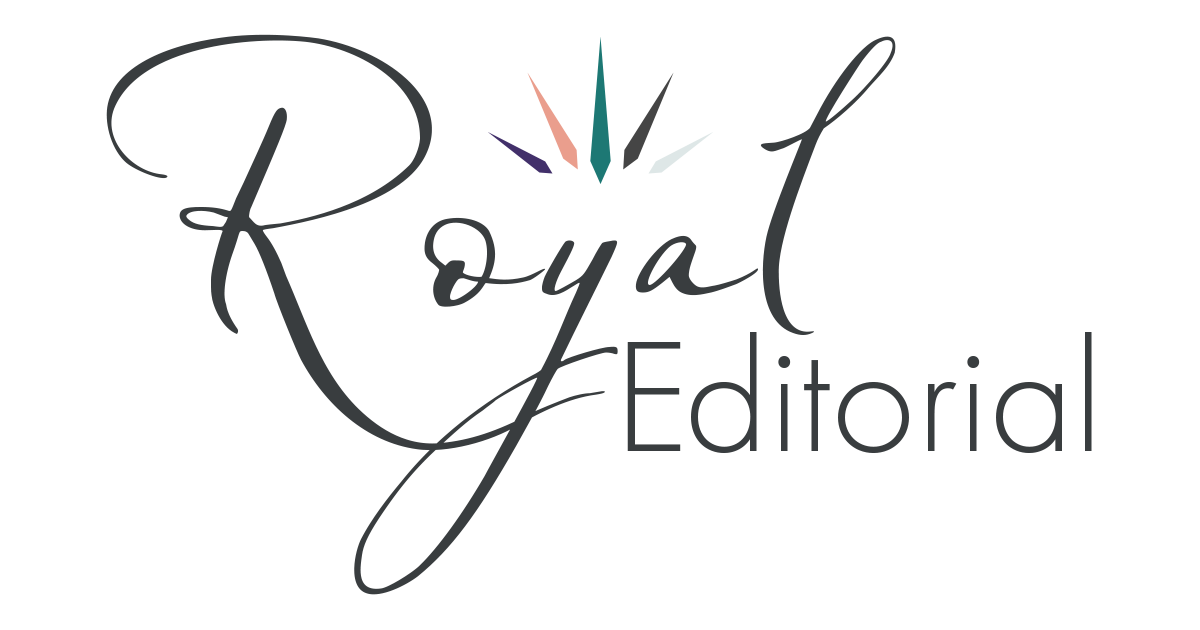The Best of Friends
This month at Royal Editorial, we’re going to be taking a look at a couple pet peeves of ours—little quirks or tendencies that pop up in writing and violently eject us from any story in which they appear. So, without further ado, a rant on literary best friends.
Take a minute to think back to your childhood or to your teenage years, back to a simpler time before you had to worry about querying agents or constructing concise elevator pitches. Think about the individuals you called friends, or, if applicable, best friends. Consider the extent to which you spent time interacting with these individuals and the depth of these relationships—think of what these people meant to you and how large an impact they had on your day to day life. Try to keep all that in mind.
Now, let’s try a little experiment. Think of the last three commercial genre books you’ve read, preferably in the young adult category (as that is where this particular trope—though I hesitate to call it as much, seeing as it’s more of a flaw—tends to crop up). Call to mind the protagonists of those novels. Then, think of the character that protagonist labels as their “best friend”. Take a moment to reflect on the relationship between said friend and the protagonist. Answer me this: based on your own experience, how realistic is that relationship?
Friends often get the shaft in fiction, particularly in juvenile fiction. For those of you still puzzled by the object of my ire, allow me to clarify. It usually goes something like this: the main character will declare through the narration (in a blatant act of telling rather than showing) that a character of tertiary or even lesser status is their quote-unquote best friend. But, especially if the protagonist is set to embark on an adventure to which the best friend will not be privy, those two characters will never once in the course of the manuscript interact in a significant or meaningful manner. Particularly so in young adult fiction, which is preoccupied with romance, and even more so with love triangles. As such, more page time is spent exploring the relationships the main character develops with their love interest(s). Friendships (especially those that lack the potential to blossom into a romance) are tossed to the wayside.
And the worst part of it all? All parties involved will behave as though this is perfectly normal. The main character will continue to refer to the neglected individual as their best friend, even though ninety percent of the time said friend’s existence seems to have slipped their mind. And the friend, who is not awarded even the least bit of page space, won’t mind that their so-called bestie is constantly blowing them off in order to swoon over their love interest or, you know, save the world. No, the literary BFF will just grin and accept the fact that they are a friend in name only and quietly withdraw to that lonely nook between the lines.
Now, to some extent, there’s a bit of truth in television to this trope, so to speak. We all know that one friend who drops off the face of the earth the second they become entangled in a romantic pairing or, god forbid, acquire a career. But, unlike in the literary world, the resulting distance tends to put a strain on such friendships, with the involved parties gradually drifting apart. Perhaps such an arc is too nuanced for fiction, or perhaps we writers simply tend to neglect the real-life consequences of adopting the role of a protagonist (as also evidenced by our often bizarre handling of parental figures, but let’s not get distracted now).
For a change, why not call attention to the relationships that suffer due to our characters’ tendencies to wander down unexpected paths in life? Or, better yet, if you must insist on including a best friend character, why not actually dedicate some page space to developing and exploring the nuances and challenges of maintaining such a friendship despite the demands of the plot? Yes, we all love romance. But a strong friendship can be just as compelling a way to draw a reader into your story.
Whatever you do, don’t label a character a best friend and then treat them like that old high school classmate we bump into on the bus and frantically struggle to recall the name of. Friendship is, after all, a concept that involves a great deal of emotion, and emotion in fiction must always be shown rather than told. Put another way, you can’t simply tell the reader your characters are friends, let alone best friends; if you want the reader to believe, you’ve got to show them proof of that friendship.
Incidentally, if you’d like an example of a friendship done immaculately (although in this case the friendship in question is the main focus of the story rather than a side plot), look no further than Disney’s Wreck-It Ralph and, more appropriately, its sequel, Ralph Breaks the Internet. I won’t spoil the movies for you, but they are some of the most compelling depictions of friendship I’ve ever encountered in a work of fiction.
So, here’s my challenge to you. The next time you write a story, make an effort to properly flesh out your protagonist’s non-romantic relationships, particularly if you’re going to insist on using the BFF label. Remember, when you make a claim in your novel, no matter how insignificant that claim may be to the overall plot, you’ve got to back it up with textual evidence. So, let’s stop writing characters who are best friends in name only, shall we?
